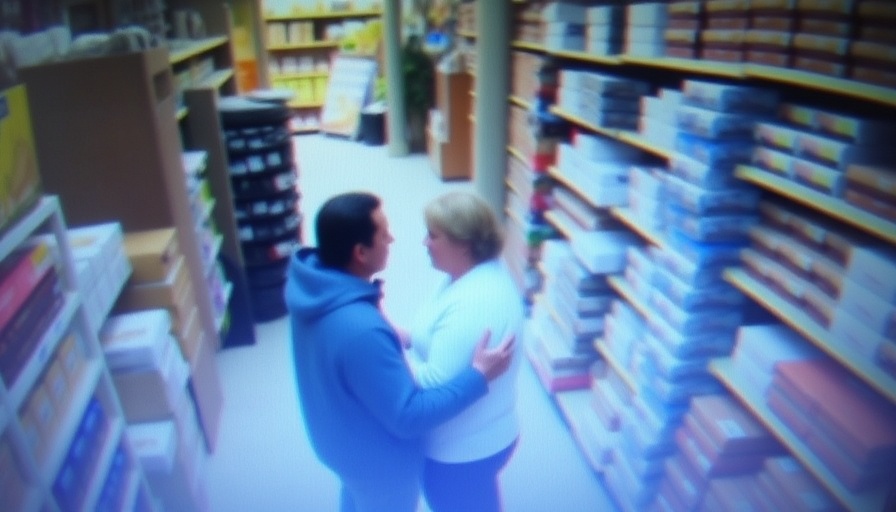
A Sequence of Chaos: A Dramatic Crime Spree in Florida
In a shocking turn of events that has captured headlines across South Florida, 32-year-old Donald Taylor was involved in a violent crime spree, culminating in his death following an encounter with police in Miramar. Taylor, who had threatened several individuals with a firearm and conducted multiple armed robberies—including a Walgreens—was shot by police on Sunday after refusing to heed commands from officers. This unfortunate sequence of events highlights critical issues around law enforcement, public safety, and the intricacies of police-community interactions.
The Rise of Violence: What Led to Taylor's Fatal Encounter?
According to police reports, Taylor's crime spree included several heinous acts within a short period. Beginning with a car burglary on Wednesday, Taylor allegedly smashed a window to steal a firearm and later threatened patrons at various locations, including a Dollar General and a Walgreens, demonstrating an alarming escalation of violent behavior. The police were actively surveilling him by Sunday, as he was already evading authorities. The urgency of this situation prompts a deeper examination of how officers operate under pressure and the complexities of using force in potentially volatile situations.
Police Use of Force: Navigating Protocols and Public Perception
The incident is emblematic of broader conversations surrounding police use of force and accountability. As per the police department's release, the officer involved in the shooting has been placed on administrative duty, a standard protocol aimed at ensuring objectivity in the aftermath of such events. However, these situations raise critical questions: How are police trained to respond to can situations escalate? What policies govern their decision-making processes? Given that this shooting represents the 11th officer-involved shooting in South Florida this year alone, it reflects a pressing need for effective police training and community engagement strategies.
Community Relations: Building Trust Amidst Tension
This tragic event can serve as a rallying point for discussions about police-community relations. Prior to his fatal encounter, Taylor had no criminal history in Broward County, which raises questions about how officers assess situations involving individuals without an extensive criminal background. Additionally, community advocacy for increased police transparency and accountability can lead to reforms that foster trust—an essential component in the relationship between law enforcement and the communities they serve.
Lessons Learned: Insights for Future Policymaking and Law Enforcement
As law enforcement agencies reflect on this incident, there are invaluable lessons to be gleaned. Enhanced de-escalation training, coupled with the use of body cameras and AI-driven analytics, can improve responses to high-stakes scenarios. By integrating technology into policing practices, departments can better manage potential threats while ensuring community safety and trust. Moreover, fostering relationships with community partners can lead to proactive measures that preempt similar violent outbreaks.
This string of events, while deeply troubling, shines a spotlight on critical areas for potential improvement in policing strategies. As the public continues to demand accountability and transparency, law enforcement must adapt and respond to these calls with effective policies and community engagement approaches.
This incident underscores the complexities of policing in today’s climate, where rapid threats and societal expectations coexist. Moving forward, it is crucial for police departments to prioritize community relations, invest in innovative training methods, and ensure they are adequately equipped to handle violent encounters.
Engagement in ongoing discourse around police practices is essential. Eager to explore more about where public safety and community relationships intersect? Stay updated on the latest in law enforcement policies, technology innovations, and community engagement strategies, ensuring a safer and more transparent future for all.
 Add Row
Add Row  Add
Add 

 Add Element
Add Element 


Write A Comment